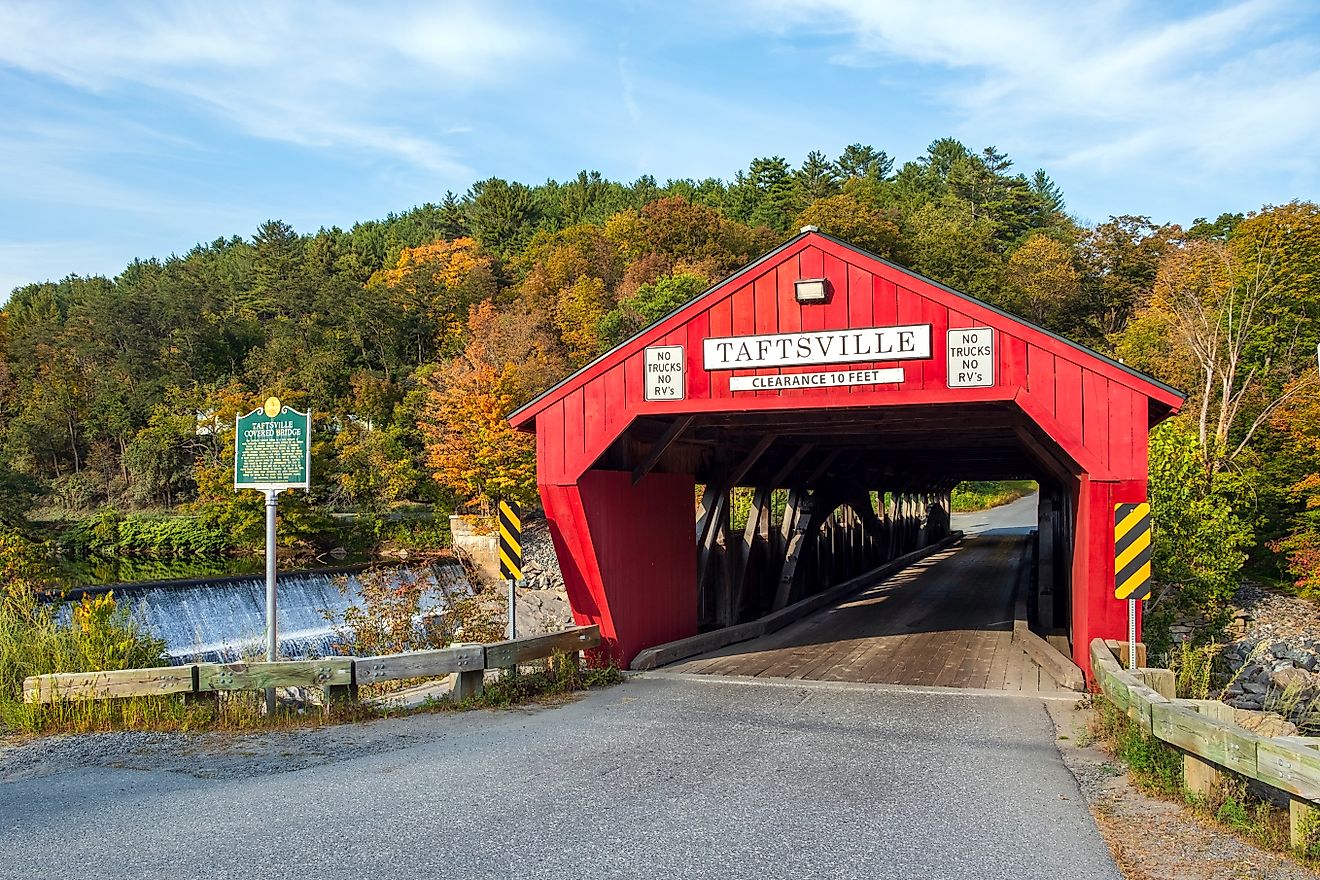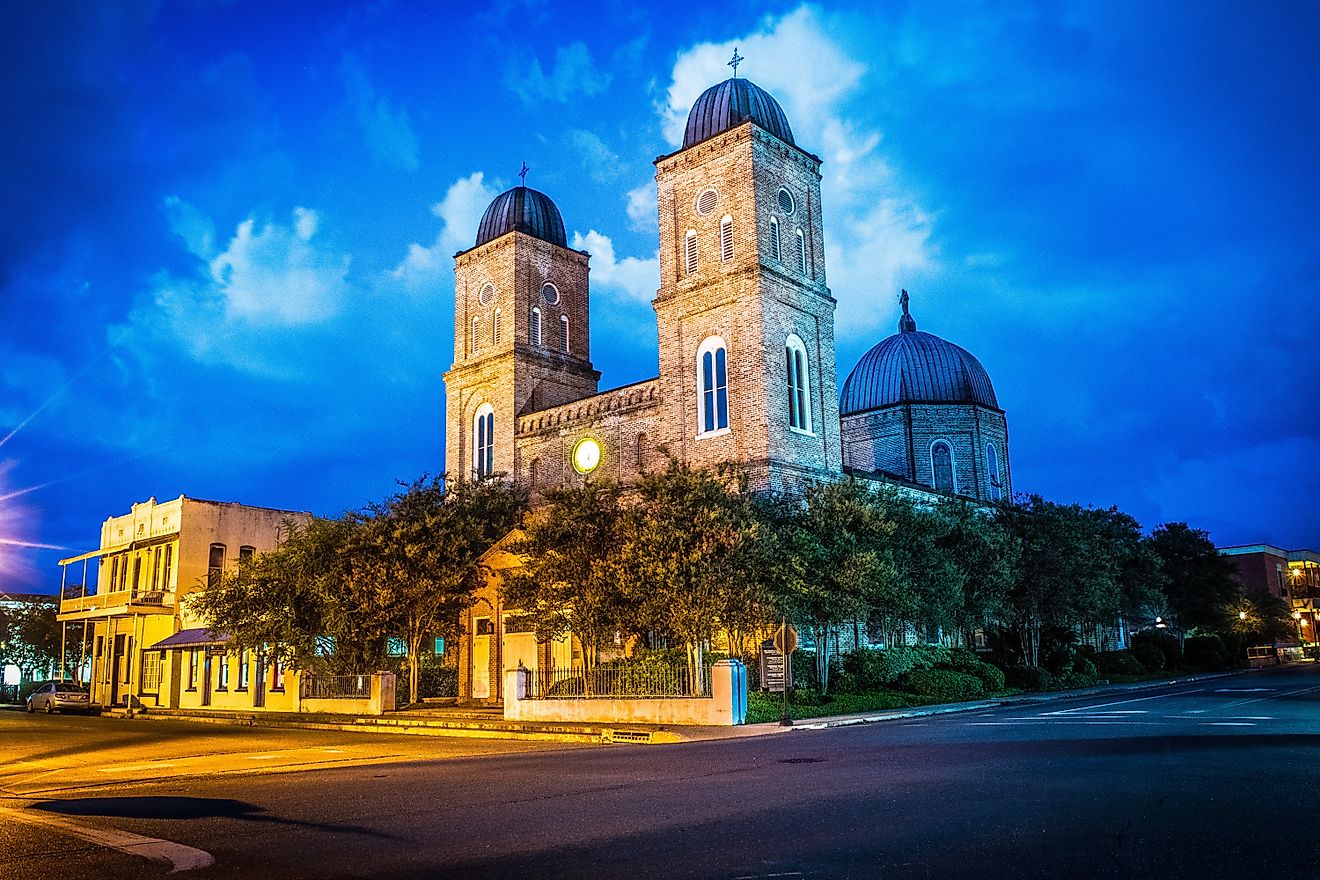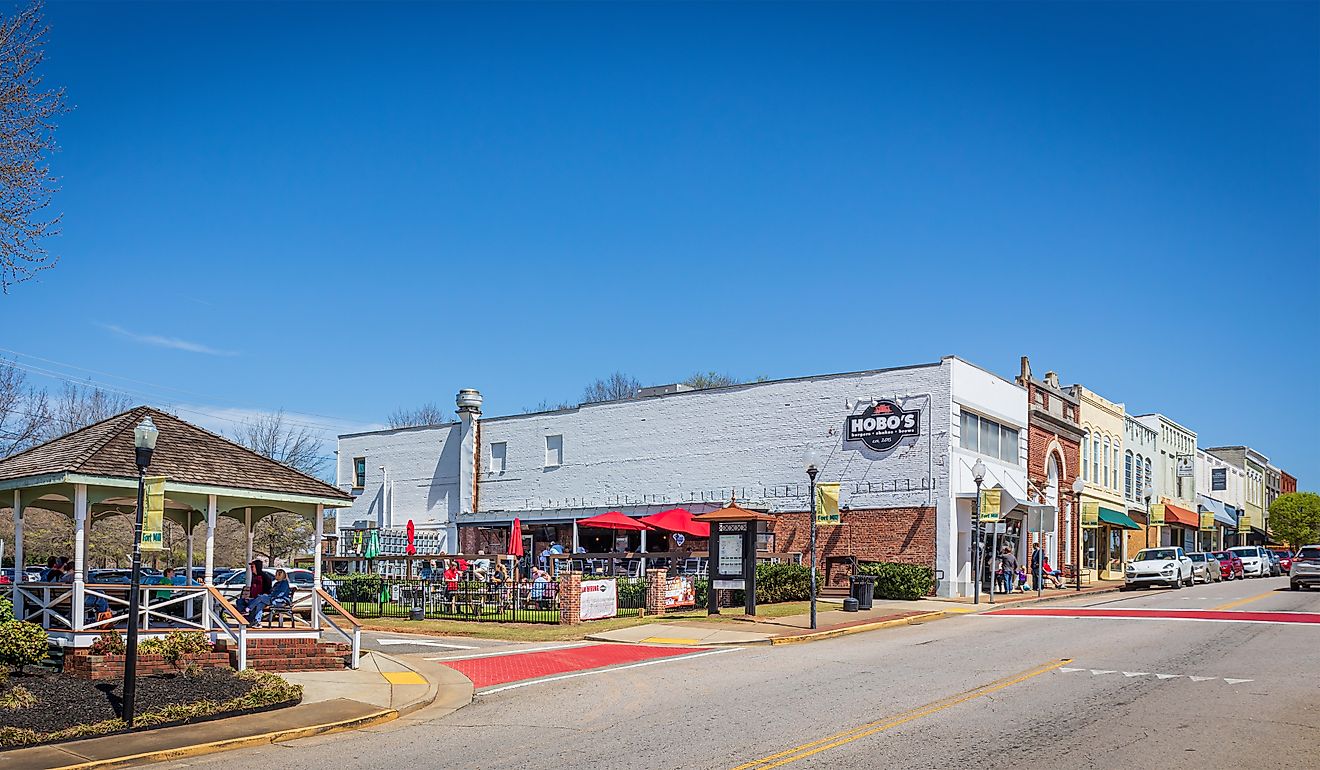Giant's Causeway

- The Giant’s Causeway is located on the coastal edge of the Antrim Plateau, in Northern Ireland.
- It was declared a UNESCO World Heritage Site in 1986.
- The columns were formed due to volcanic activity that left behind pentagonal basalt columns.
The Giant’s Causeway is located on the coastal edge of the Antrim Plateau in Northern Ireland. The region consists of 6 kilometers (4 miles) of stepping-stone like ballast columns. Some 40,000 stone pillars can be found here. Each stone is a curiously distinct polygon or hexagon, with seemingly unnatural straight edges. The pillars range in height, and shoot up out of the sea, increasing in height until they reach the cliff top.
Myth And Name

This stepping stone or stair-like appearance of the area is where the Giant’s Causeway name is thought to have originated, as the columns look much like steps for a giant. Legend has it that a giant hero from Northern Ireland, known as Fionn Mac Cumhaill created the causeway bridge, in order to walk across the sea to fight a rival giant from Scotland. Giant’s Causeway does extend from the cliffs of Northern Ireland into the sea, and similar formations can be found on the western coast of Scotland.
Formation

The rock and column formations were first formed some 60 million years ago, during the Paleogene Period. The distinct and unusual shape of the columns, as well as their uniformity, have made them not only popular with tourists and visitors, but have solidified the area as one of major significance within scientific and geological study.

The columns originally formed due extensive volcanic activity in the area. Molten basalt rose up through a layer of chalk beds, creating what is known as a volcanic plateau. The lava then began to cool and contract, which caused fractures and edges within the rock. As the lava flow continued to cool, it receded, leaving behind tall column shapes. Because the lava cooled very quickly, it receded a great deal, leaving behind particularly prominent and large columns.
Research in this area has helped scientists and geologists to better understand the geological history of earth, both within Northern Ireland, but also on a global scale.
History And Management
Giant’s Causeway was declared a UNESCO World Heritage Site in 1986. The following year it also received protection under the National Nature Reserve. This reserve is under the larger umbrella of Dunseverick Area of Special Scientific Interest, which operates in the region. THe cliffs, and terrestrial area are additionally designated a the North Antrim Coast Special Area of Conservation, as well receiving status under the Causeway Coast Area of Outstanding Natural Beauty. Radio Times magazine also declared the Causeway the fourth greatest natural wonder in the United Kingdom based on reader vote in 2005.
Plants And Wildlife

The Antrim plateau, as a volcanic plateau, is mostly void of vegetation, and is a flat rocky surface. The surrounding cliffs, and rock formations do host a variety of plants. Sea spleenwort is common, as is sea fescue (a type of grass), vernal squill,frog orchid and hare’s-foot trefoil.
Giant’s Causeway, and specifically the vegetated cliffs along the Northern Irish Coast, are an extremely popular home for seabirds. Cormorants, shag, redshank, fulmar, petrel, razorbill and guillemot can all be found in the area. Many of these birds feast on fish from the North Sea below, and roost in the high mossy cliffs.











